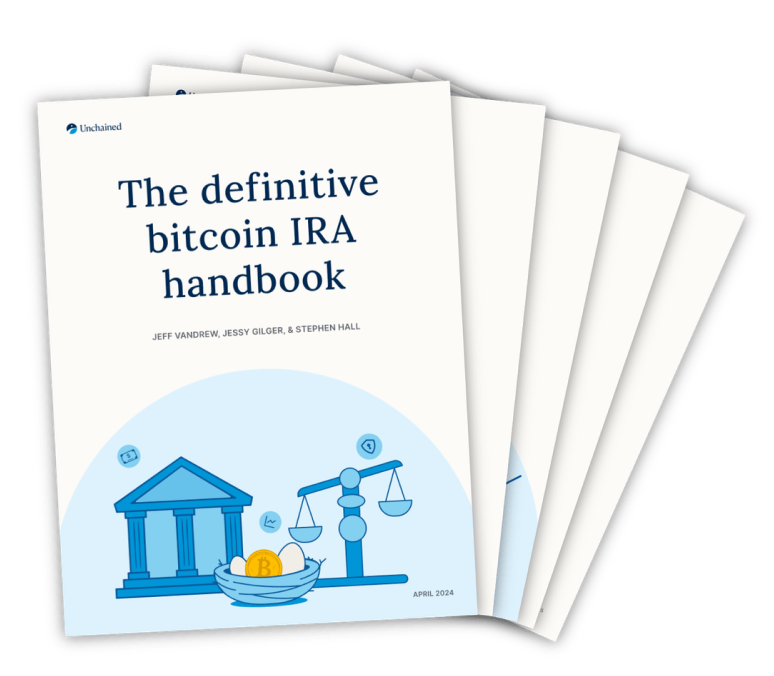
The definitive bitcoin IRA handbook


A few weeks ago, I gave the attached presentation (see below) at the Value of Bitcoin Americas conference (May 11th 2020, otherwise known as the bitcoin halvening III). I am in the process of writing a longer-form piece on the same subject, which will be part of the Gradually, Then Suddenly series, but I wanted to share this sneak peak in advance for anyone interested. In short, there is a perception (held in certain circles) that bitcoin is untested, unproven and ultimately, fragile. Given bitcoin is only 11+ years old, it is easy to fall into this trap and to have a view that somehow bitcoin could be here today and gone tomorrow. In reality, bitcoin (in its current state) is already a permanent fixture and it is so because, as a network, it is an antifragile system. Antifragility is an idea popularized by Nassim Taleb; it describes systems or phenomena that gain strength from disorder. As described by Taleb in a book under the same title, antifragile does not equate to “robust” or “resilient;” instead, an antifragile system is the opposite of fragile. Whereas resilient systems withstand stress and disorder, the antifragile actually benefits from “volatility, randomness, disorder and stressors.”
This describes bitcoin to its core. Bitcoin is decentralized at every layer and as a result, it has shown to be immune to any type of attack. However, it is not just immune to attack or errors, bitcoin actually becomes stronger as i) external forces attempt to attack or coopt the network; ii) as participants within the network make errors; and iii) as a very function of its volatility, which is often perceived to be a limiting, if not critical, flaw. As bitcoin fends off attacks and as individuals learn from errors and adapt to its volatility, bitcoin becomes tangibly more reliable; its demonstration of resilience and immunity actually causes trust in the network to increase which fuels incremental adoption, and which then makes bitcoin more resistant to attack or individual errors. It is a positive, self-reinforcing feedback loop. With each failed attempt to coopt or coerce the network, the bitcoin protocol hardens and confidence increases, which ultimately strengthens the credibility of its fixed 21 million supply (the function that drives all value). Individual errors provide learnings for all other participants and the consequences of error are isolated to the edge of the network, eliminating moral hazard while at the same time increasing security as the network adapts to various threats. Every time bitcoin doesn’t die or otherwise demonstrates it is resistant to outside influence, that very event propels bitcoin forward, and in a different (and stronger) state than previously existed.
In the attached presentation, I outline how the security of bitcoin is derived from its decentralized architecture and how decentralization creates antifragility. I also walk through a number of examples, explaining how certain stressors do not merely show bitcoin to be resilient, but also how each stressor makes the network stronger. I hope you find the presentation valuable and be on the look out for the next Gradually, then Suddenly on the same subject.
Lastly, I will be giving another presentation at the Value of Bitcoin Europe conference and speaking on a panel on June 3rd (conference June 2nd and 3rd). Sign up here if interested.